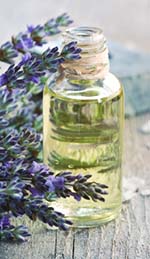 Lavender essential oil is quite possibly the most popular oil in the world, so we think it only makes sense to go a little more in depth about how to use lavender essential oil. The therapeutic properties of lavender (Lavandula angustifolia) have been known for centuries if not millennia: hailing from the Mediterranean regions of Turkey and the Middle East, lavender oil has been used as a fragrant perfume, insecticide, skin tonic and wound salve since ancient times [1]. Lavender appears in the Bible under the name “spikenard”, and is endowed with protective powers in the Old Testament. The Romans also infused their communal baths with lavender oil and used the flowers to flavor candy and foods.
Lavender essential oil is quite possibly the most popular oil in the world, so we think it only makes sense to go a little more in depth about how to use lavender essential oil. The therapeutic properties of lavender (Lavandula angustifolia) have been known for centuries if not millennia: hailing from the Mediterranean regions of Turkey and the Middle East, lavender oil has been used as a fragrant perfume, insecticide, skin tonic and wound salve since ancient times [1]. Lavender appears in the Bible under the name “spikenard”, and is endowed with protective powers in the Old Testament. The Romans also infused their communal baths with lavender oil and used the flowers to flavor candy and foods.
These days, obtaining true lavender essential oil can be more challenging than you would think: many unscrupulous vendors dilute their lavender oil with spike lavender (Lavandula latifolia), or even synthetic lavender oil to increase their yields. Lavender oil that contains these admixtures is not considered therapeutic grade and is not suitable for aromatherapy. While spike lavender does have its own uses in aromatherapy, it posesses different properties than true lavender. Even worse are lavender oils containing synthetic components, as these do not have any therapeutic effect. As it turns out, simply combining all the compounds of lavender essential oil in a lab does not a true lavender oil make! The first, most basic step in learning how to use lavender essential oil in aromatherapy is to start with a real, unadulterated organic lavender oil that is therapeutic grade.
There are a few different ways to use lavender essential oil in aromatherapy. Many people simply inhale lavender oil straight from the bottle to achieve a calm state of mind and reduce nervousness and stress; a couple sniffs from the bottle, or a dab of diluted lavender oil applied to the insides of the wrists, is commonly used to calm the nerves before potentially stressful situations such as job interviews and exams. Diffusion aromatherapy with lavender oil is also used to treat coughs and congestion by loosening mucus [2], and may have insect repellent properties [2]. Lavender oil is used topically to treat insect bites and minor wounds, especially burns [3]. A mild analgesic, lavender essential oil may be applied in small amounts to the temples to ease tension headaches [2].
As with any essential oil, we recommend that you be conservative the first few times you work with lavender oil. Though lavender oil is one of the few essential oils commonly used at full strength, unless you have a lot of experience with this oil we recommend diluting it in a carrier oil. The standard ratio is 12 drops of essential oil per 1 fluid ounce of carrier oil or lotion. Always conduct a patch test on a non-sensitive area of skin (the inner arm or wrist works well) with an oil you’ve never used before applying it to your skin. Furthermore, lavender oil should not be used on prepubescent boys because it contains phytoestrogens that might interfere with normal male puberty [4]. In large amounts, lavender oil can also cause drowsiness due to its calming effects, so it’s a good idea to use this essential oil sparingly.
With so many versatile uses and a gentle profile of action, it’s easy to see why lavender oil has retained its popularity among aromatherapy practitioners. We hope this short guide to how to use lavender essential oil has helped you discover your perfect use for this wonderful oil!
REFERENCES
1. McCoy, Joe-Ann, and Jeanine Davis. “Lavender: History, Taxonomy and Production”. NC Herb: North Carolina State University. Last modified October 22nd, 2007. http://www.ces.ncsu.edu/fletcher/programs/herbs/crops/culinary/lavender_mccoy.html.
2. “Health Benefits of Lavender Essential Oil”. Organic Facts. Accessed June 26th, 2014. http://www.organicfacts.net/organic-oils/natural-essential-oils/health-benefits-of-lavender-essential-oil.html.
3. Turner Ashley. February 21st, 2013. “13 Uses for Lavender Oil: The Only Essential Oil You’ll Need”. MindBodyGreen. http://www.mindbodygreen.com/0-7769/13-uses-for-lavender-oil-the-only-essential-oil-youll-need.html.
4. “Lavender Essential Oil | Contraindications”. Wikipedia. Last modified June 8th 2014. http://en.wikipedia.org/wiki/Lavender_oil#Contraindications.

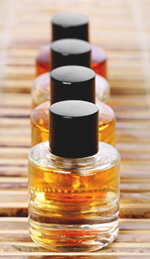
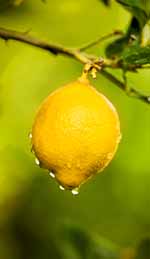
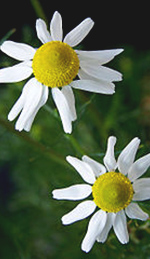

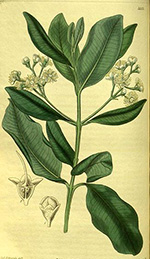

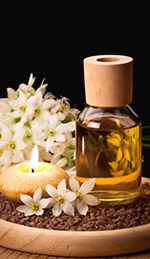
 The aborigines of Australia were the first humans to discover the healing qualities of the eucalyptus tree, but the koala, Australia’s lovable herbivorous marsupial, was actually the first mammal to discover the amazing leaves of the eucalyptus. A koala spends at least three of its five active hours eating the leaves of several varieties of eucalyptus trees because they are low in protein and high in phenolic compounds, which are powerful antioxidants [1]. Eucalyptus leaves are also rich in terpene compounds, which are the primary constituents in the essential oil of the eucalyptus tree. The aborigines undoubtedly noticed the affect of eucalyptus on the koala, and began to use the leaves in order to benefit healthwise. They used these species for antiseptic, repellent, and flavoring purposes.
The aborigines of Australia were the first humans to discover the healing qualities of the eucalyptus tree, but the koala, Australia’s lovable herbivorous marsupial, was actually the first mammal to discover the amazing leaves of the eucalyptus. A koala spends at least three of its five active hours eating the leaves of several varieties of eucalyptus trees because they are low in protein and high in phenolic compounds, which are powerful antioxidants [1]. Eucalyptus leaves are also rich in terpene compounds, which are the primary constituents in the essential oil of the eucalyptus tree. The aborigines undoubtedly noticed the affect of eucalyptus on the koala, and began to use the leaves in order to benefit healthwise. They used these species for antiseptic, repellent, and flavoring purposes.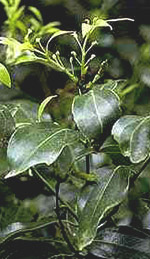 Distillers derive
Distillers derive